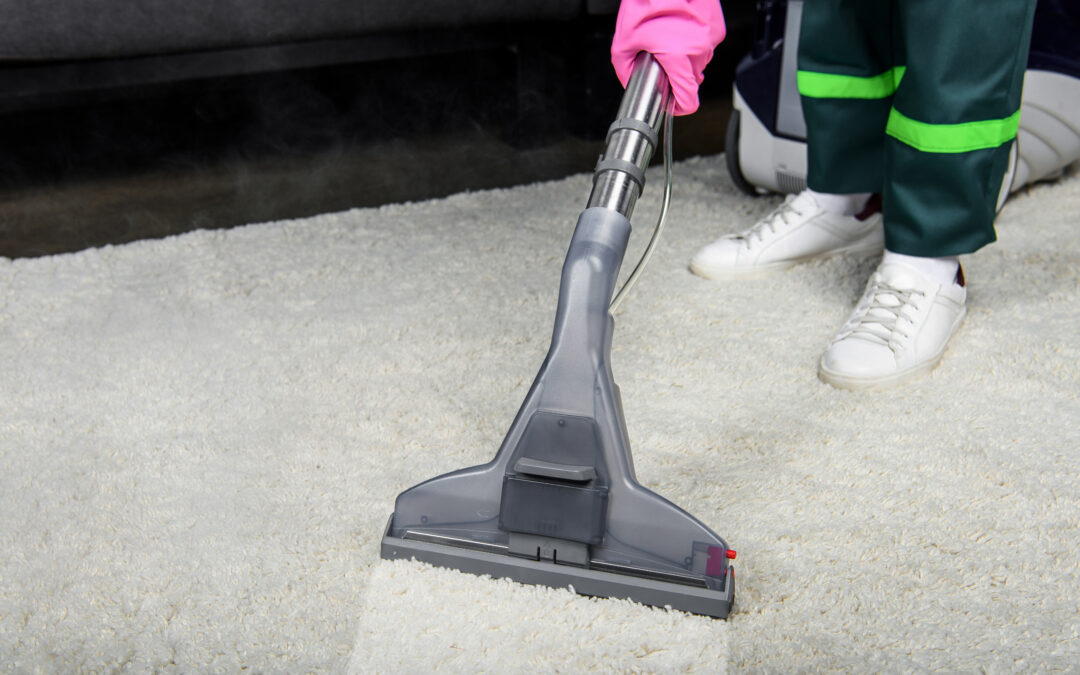Carpet stains are an inevitable part of life, but with the right knowledge and techniques, you can restore your carpet’s beauty and make it look as good as new. In this comprehensive guide, we will walk you through the process of addressing and removing common carpet stains such as red wine, ink, coffee spills, and more. By understanding the characteristics of different stains and the most effective removal methods, you can confidently tackle even the most stubborn spots and preserve the integrity of your carpets.
From pre-treatment essentials to step-by-step stain removal instructions, this guide will be your go-to resource for managing your carpet’s cleanliness and maintaining your home’s aesthetic appeal. Say goodbye to unsightly blemishes and hello to fresh, pristine carpets by following our Carpet Stain Removal 101 guide and embracing a proactive approach to stain management.
1. Pre-Treatment Essentials for Stain Removal
A. Assess the Stain: It’s crucial to identify the type of stain you’re dealing with before treating any stain. Different stains require different treatments, and using the incorrect method can potentially set the stain or damage your carpet.
B. Act Fast: Time is of the essence when it comes to stain removal. The sooner you address a stain, the higher your chances of successful removal. For liquid spills, blot the area with a clean cloth or paper towel to absorb as much liquid as possible without rubbing.
C. Test Cleaning Solutions: Before treating the entire stain, test any cleaning solutions on an inconspicuous area of your carpet to ensure they won’t cause any damage or discoloration.
2. Tackling Common Carpet Stains
A. Red Wine Spills:
– Step 1: Blot the stain with a clean, dry cloth to absorb as much wine as possible. Avoid rubbing, as this can spread the stain or push it deeper into the carpet fibers.
– Step 2: Mix one tablespoon of dishwashing detergent, one tablespoon of white vinegar, and two cups of warm water.
– Step 3: Apply the solution to a clean cloth and gently dab the stain, working from the outside to prevent spreading.
– Step 4: Rinse the area with water, using a cloth or sponge, then blot dry with a clean towel. Follow up with a professional carpet cleaner to remove any remaining residue if necessary.
B. Ink Stains:
– Step 1: Moisten a clean cloth with isopropyl alcohol or rubbing alcohol (avoid using higher concentrations as it may cause carpet damage).
– Step 2: Gently dab the ink stain, careful not to rub, which can spread the ink. Continue blotting, switching to clean areas of the cloth as needed until the stain is gone.
– Step 3: Rinse the stained area with water, blotting with a clean towel to remove excess moisture.
– Step 4: Consult a professional carpet cleaner if the stain persists.
C. Coffee Spills:
– Step 1: Blot up as much coffee as possible with a clean, dry cloth or paper towel.
– Step 2: Mix two cups of warm water with one tablespoon of dishwashing detergent and one tablespoon of white vinegar.
– Step 3: Apply the solution to a clean cloth or sponge and gently dab at the stain, moving from the edges towards the center.
– Step 4: Rinse the area with cold water, blotting with a towel to remove excess moisture. Repeat the process until the stain disappears.
– Step 5: Consult a professional carpet cleaning service for persistent stains.
3. Addressing Organic Stains (Pet Accidents, Blood, Vomit)
A. Pre-Treatment: Before addressing any organic stains, ensure that you remove as much of the solid or liquid content as possible by blotting or scraping.
B. Enzyme-Based Cleaners: Utilize an enzyme-based cleaner specifically formulated for organic stains. Enzyme cleaners break down proteins found in organic material, which helps to eliminate stains and odors effectively.
– Step 1: Apply the enzyme-based cleaner to the stain according to the product instructions and allow it to sit for the recommended time.
– Step 2: Gently blot the area with a clean, dry cloth, working from outside until the stain is removed.
– Step 3: Rinse the area with cold water and blot dry with a clean towel.
C. Professional Cleaning Services: If you cannot remove the stain using an enzyme cleaner, it may be necessary to enlist the help of a professional carpet cleaner.
4. Busting Grease and Oil Stains
A. Pre-Treatment: Start with a spatula by scraping any excess grease or oil.
B. Using a Grease-Cutting Detergent:
– Step 1: Apply a small amount of grease-cutting dishwashing detergent to the stain (avoid using laundry detergent, as it may cause suds-ing and complicate the process).
– Step 2: Use a soft brush or cloth to gently work the detergent into the stain, blotting with a clean towel as needed to remove the grease.
– Step 3: Rinse the area with water, blotting with a clean cloth or towel to remove any excess moisture.
C. Consult a Professional: If the grease or oil stain still remains after using a grease-cutting detergent, you may need to contact a professional carpet cleaner for assistance.
Trust the Experts for Superior Carpet Care
Gaining the knowledge and expertise to tackle common carpet stains is crucial in maintaining your home’s appearance and preserving the longevity of your carpets. With our comprehensive guide, you can confidently approach any stain and keep your living space fresh and inviting. However, it’s important to rely on professionals to ensure the best possible results when faced with persistent or complex stains.
At Monster Clean, we provide exceptional carpet cleaning services that’ll keep your carpets in top condition. Our team of experts uses advanced cleaning processes and eco-friendly solutions tailored to your specific carpet needs. Don’t let stains hold your carpets hostage – trust the professionals at Monster Clean to deliver high-quality cleaning without compromising your carpets’ integrity or beauty. Book your appointment today at (757) 523-1175 and experience the unparalleled service and results that Monster Clean proudly offers.




